MIDWAY SECURITIES LTD.
Archives
June 2024
May 2024
April 2024
March 2024
February 2024
December 2023
November 2023
October 2023
September 2023
June 2023
May 2023
April 2023
March 2023
February 2023
January 2023
November 2022
August 2022
July 2022
June 2022
March 2022
January 2022
September 2021
July 2021
April 2021
September 2020
August 2020
June 2020
May 2020
March 2020
February 2020
January 2020
December 2019
November 2019
July 2019
May 2019
March 2019
December 2018
November 2018
October 2018
September 2018
April 2018
March 2018
November 2017
September 2017
August 2017
July 2017




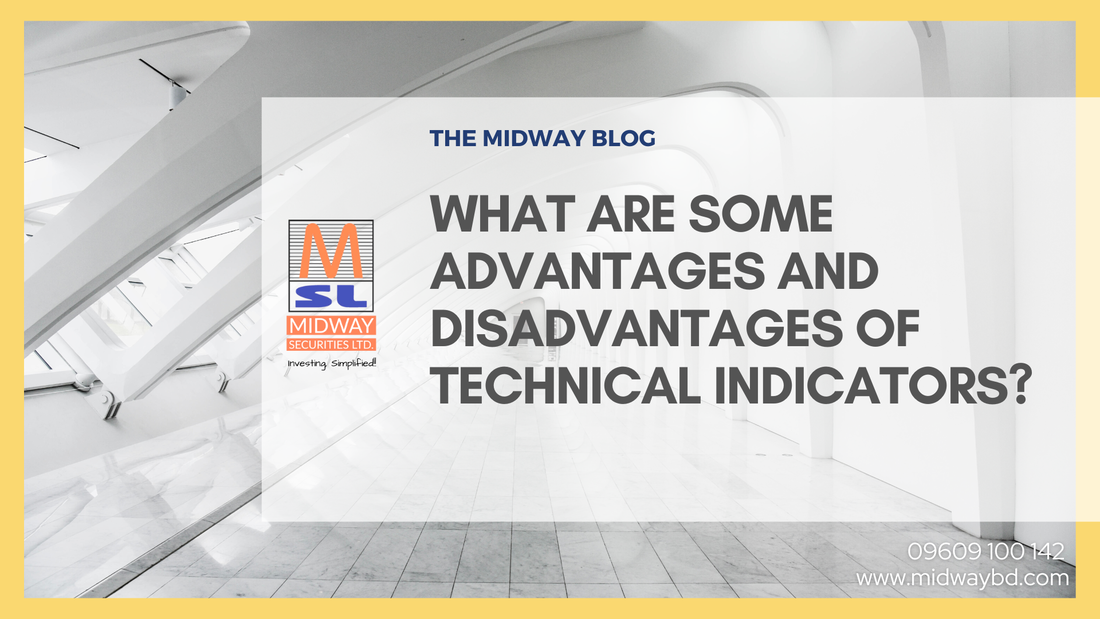

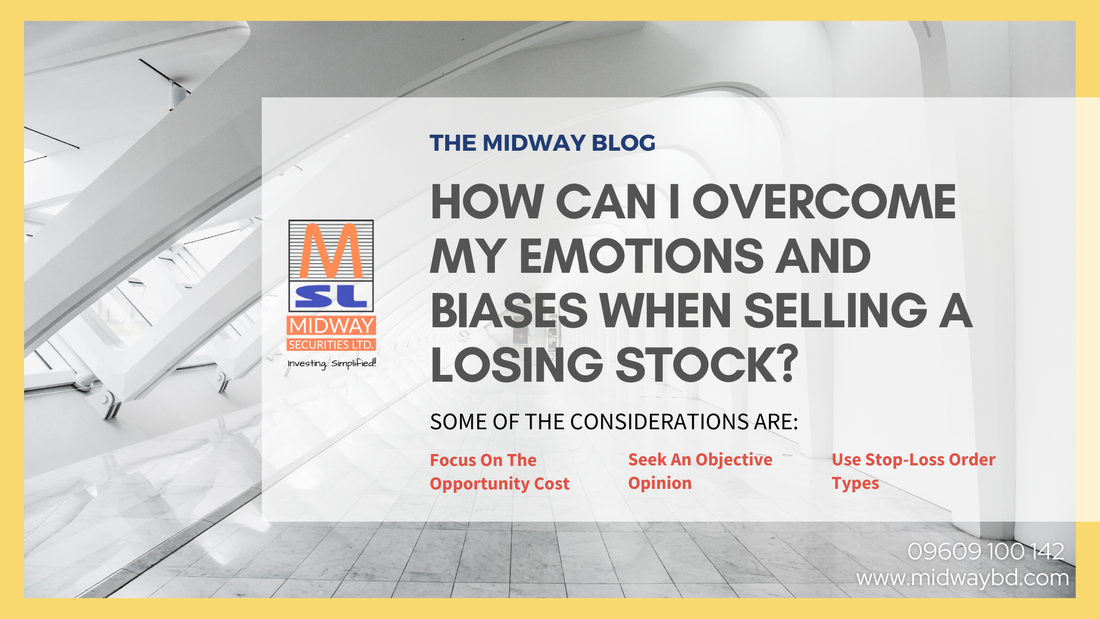
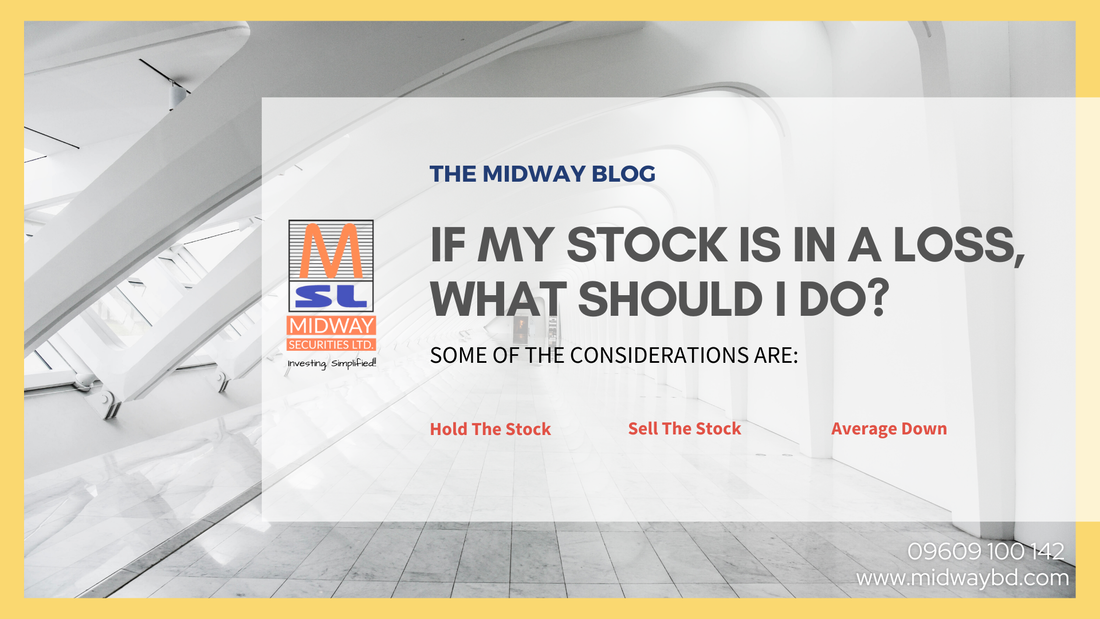
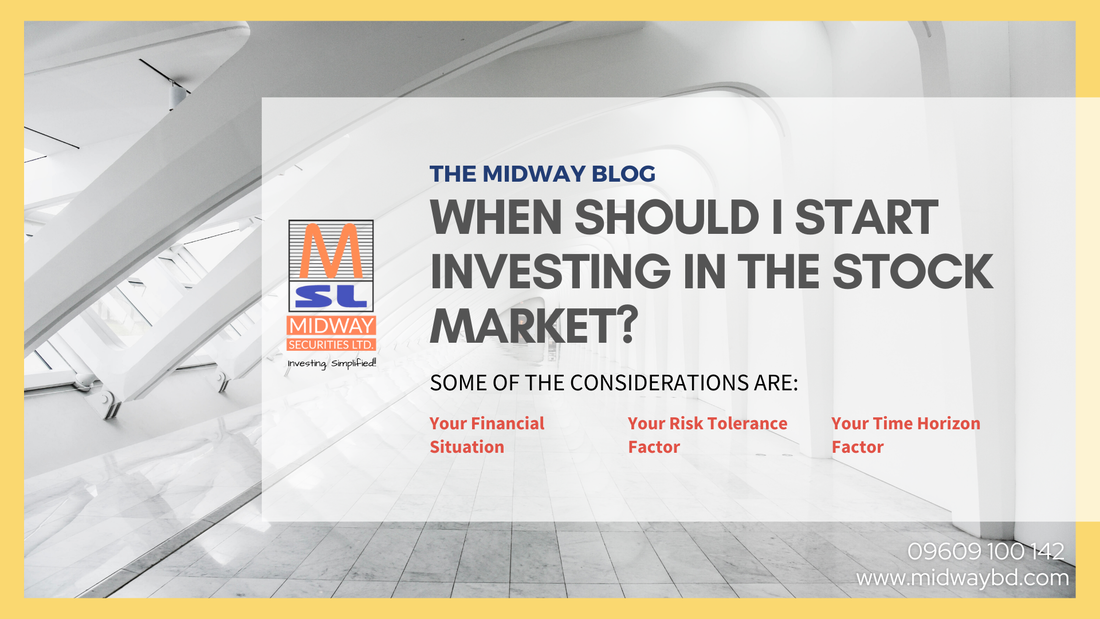
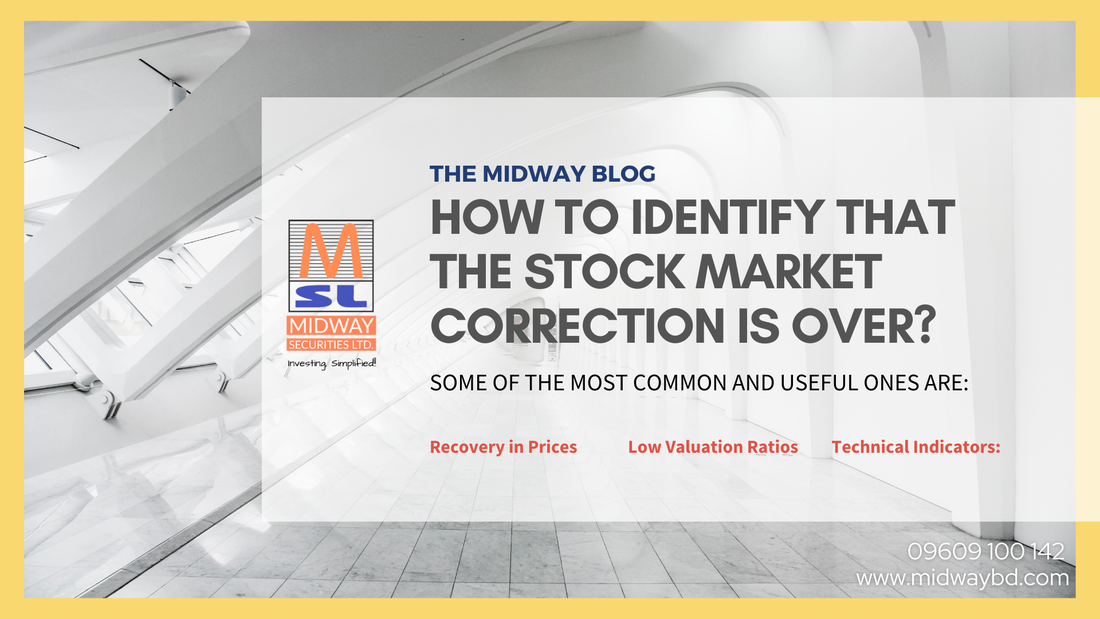
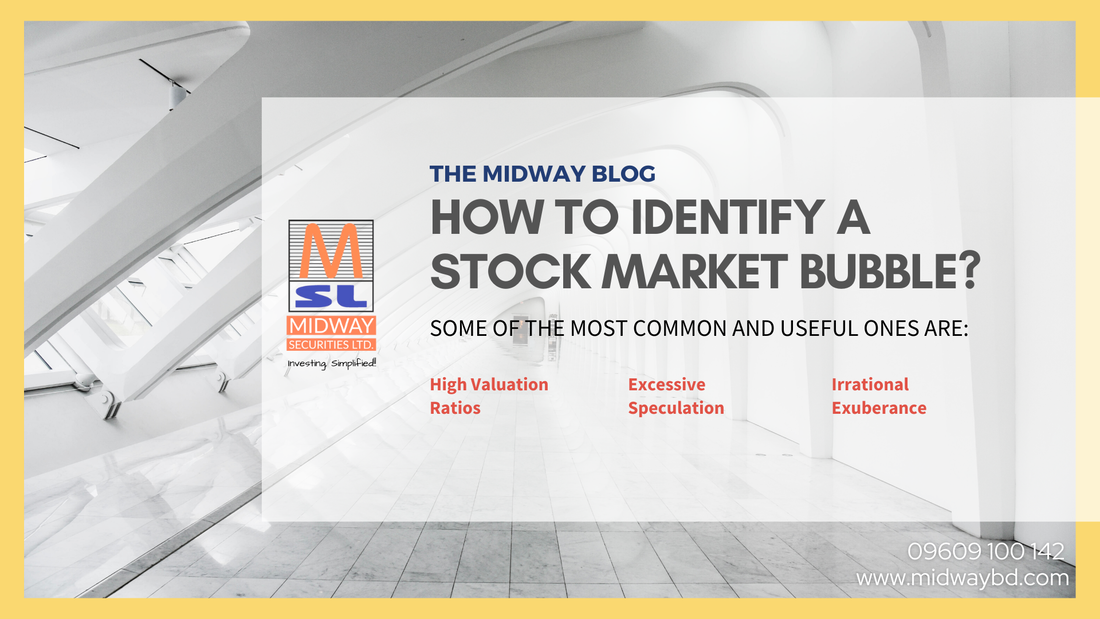
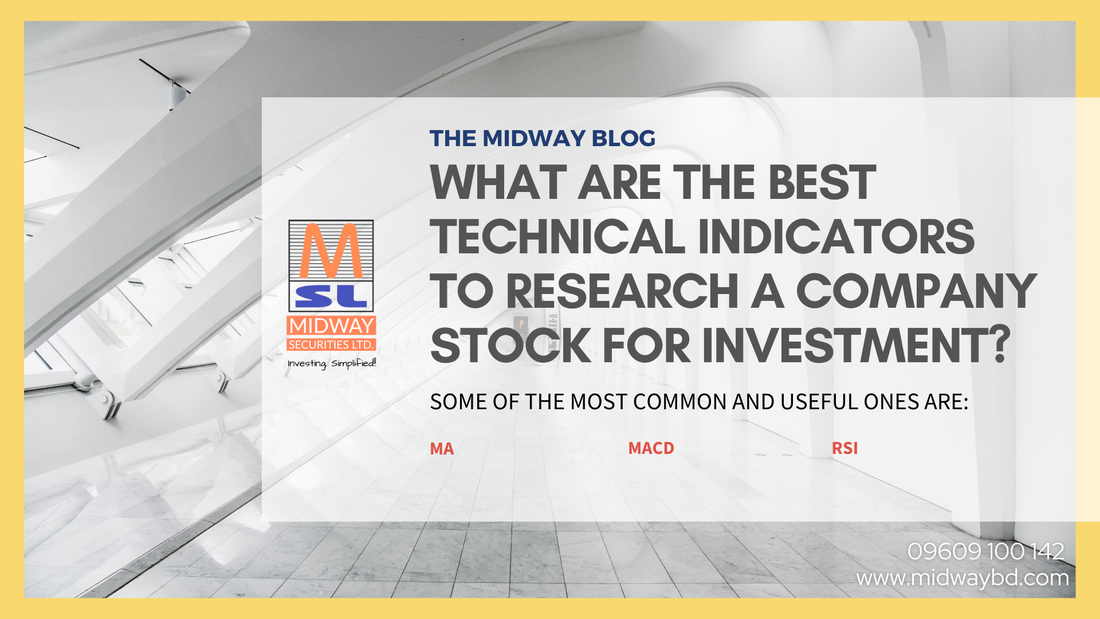
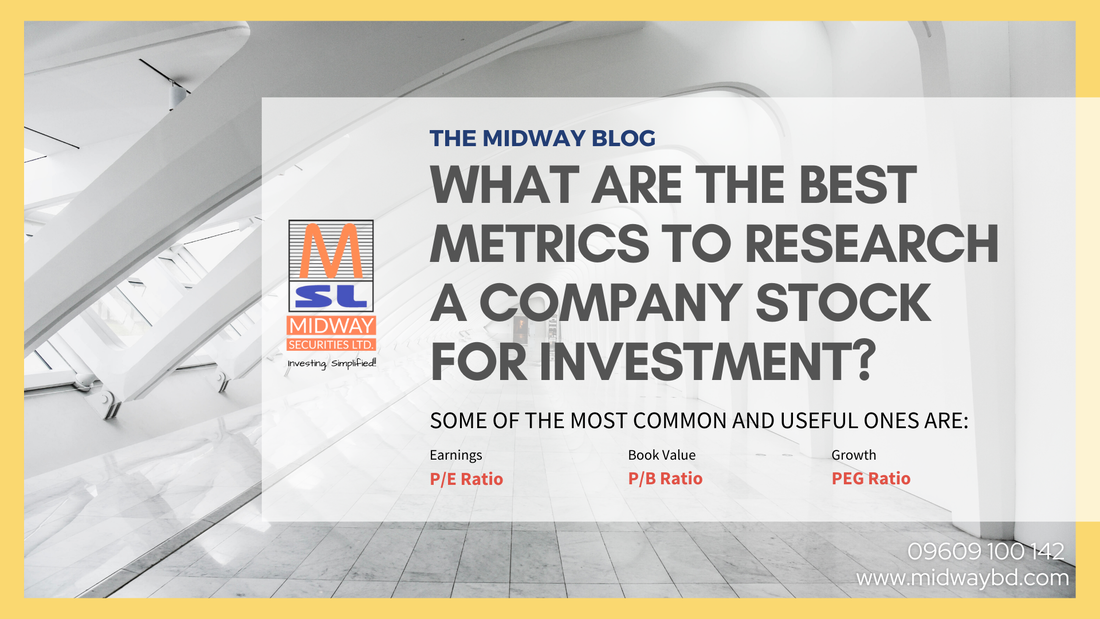
 RSS Feed
RSS Feed